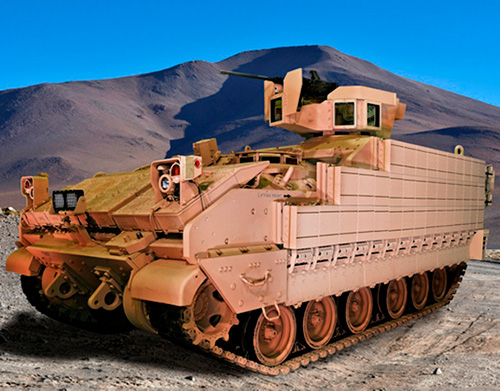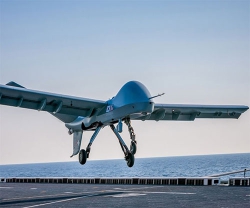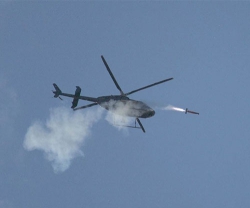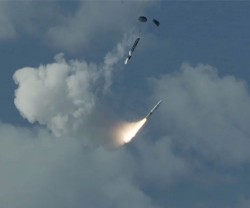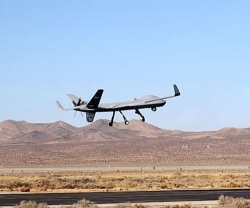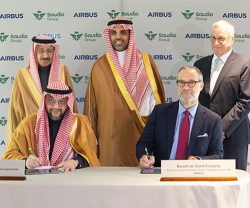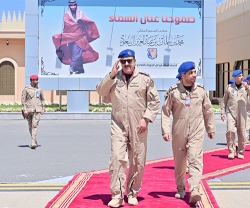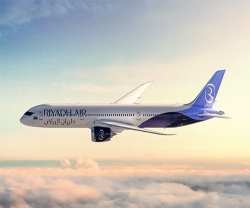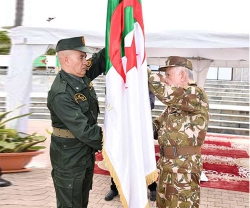The U.S. Army’s primary armored fighting force is the Armored Brigade Combat Team (ABCT), which consists of layered and synchronized capabilities enabling it to carry out full spectrum operations anywhere in the world.
The Army’s new Armored Multi-Purpose Vehicle (AMPV) is a key component within the ABCT formation, delivering command and control, troop transport, mortar, medical evacuation and medical treatment to the battlefield. The AMPV accomplishes these wide ranging missions through a flexible, agile design, and by cost effectively leveraging existing technologies and commonality across other vehicle fleets within the ABCT formation.
BAE Systems has delivered all of the AMPVs built under the Engineering and Manufacturing Design (EMD) phase to the U.S. Army to begin the testing phase of the program.
“The AMPV is essential to the future of the Armored Brigade Combat Team. Delivering all EMD vehicles to the Army is a proud moment for us - it means we’re another step closer to delivering the next generation of power, mobility, and survivability to our Soldiers in our combat formations,” said Bill Sheehy, AMPV program director for BAE Systems.
BAE Systems’ five variant AMPV is a fully modern, highly flexible vehicle designed to replace the Vietnam War-era M113 family of vehicles. It is a mature, cost-effective solution that leverages proven designs from the Bradley Infantry Fighting Vehicle, a key component of the ACBT, and the M109A7 Self-Propelled Howitzer. It meets the Army’s force protection and all-terrain mobility requirements, enabling the AMPV to maneuver with the rest of the ABCT. Maximizing commonality within the ABCT reduces developmental risk and streamlines maintenance, providing significant cost savings to the Army.
The goal is to deliver the best capability possible to the Army in order to assist the ABCT in maintaining combat overmatch anywhere in the world, under any conditions at all times, Sheehy said. The process to deliver the best capability is iterative.
“The next phase of testing will help us to better understand the soldier/machine relationship and identify areas we can improve upon. Delivering the best AMPV will not end with formal testing but continue as we field the vehicles throughout the Army and we learn new things about performance and the Soldiers expectations,” Sheehy added.
BAE Systems was awarded a contract worth up to $1.2 billion from the Army in December 2014 for EMD and Low-Rate Initial Production (LRIP) phases of the AMPV program. The initial award of $383 million under the EMD phase was for the development and production of vehicles across all of the variants: general purpose, mission command, mortar carrier, medical evacuation, and medical treatment.
The company has further leveraged the AMPV’s adaptable design to provide a critical combat capability to Combat Engineers at Echelons Above Brigade (EAB). BAE Systems began an internally funded project in collaboration with the Army to develop an engineer variant to replace EAB M113s. The new variant would be the sixth in the AMPV family of vehicles and designated the engineer vehicle.
Developmental testing is underway. The program then goes into a “Milestone C” review to determine if the program is ready for low-rate production. The AMPV program is currently on schedule to meet the Army’s Milestone C in 2019.
“Like the venerable M113, AMPV is looking forward to a long and effective role in the Army,” Sheehy said.

